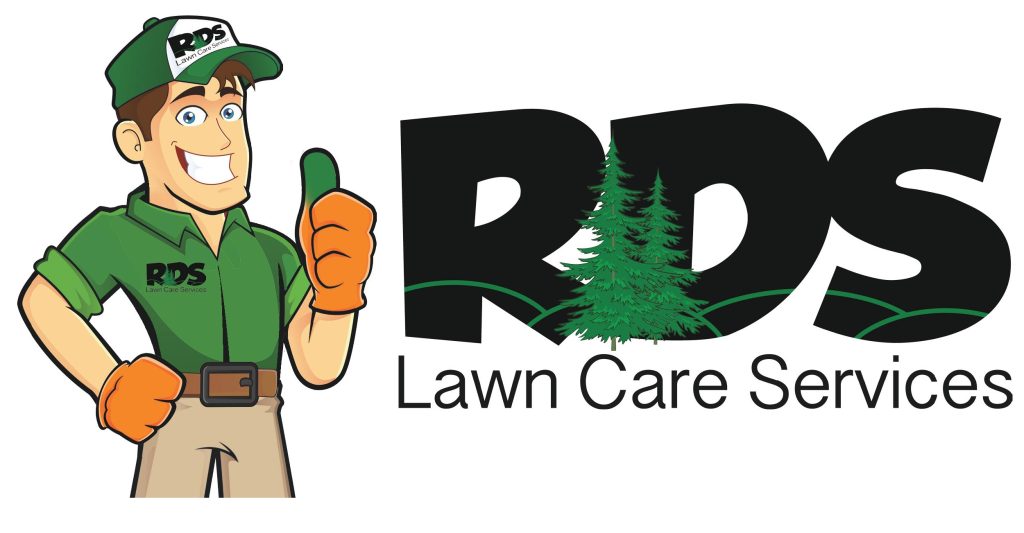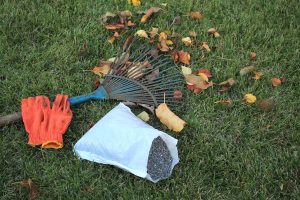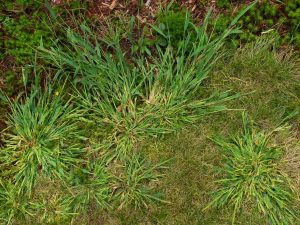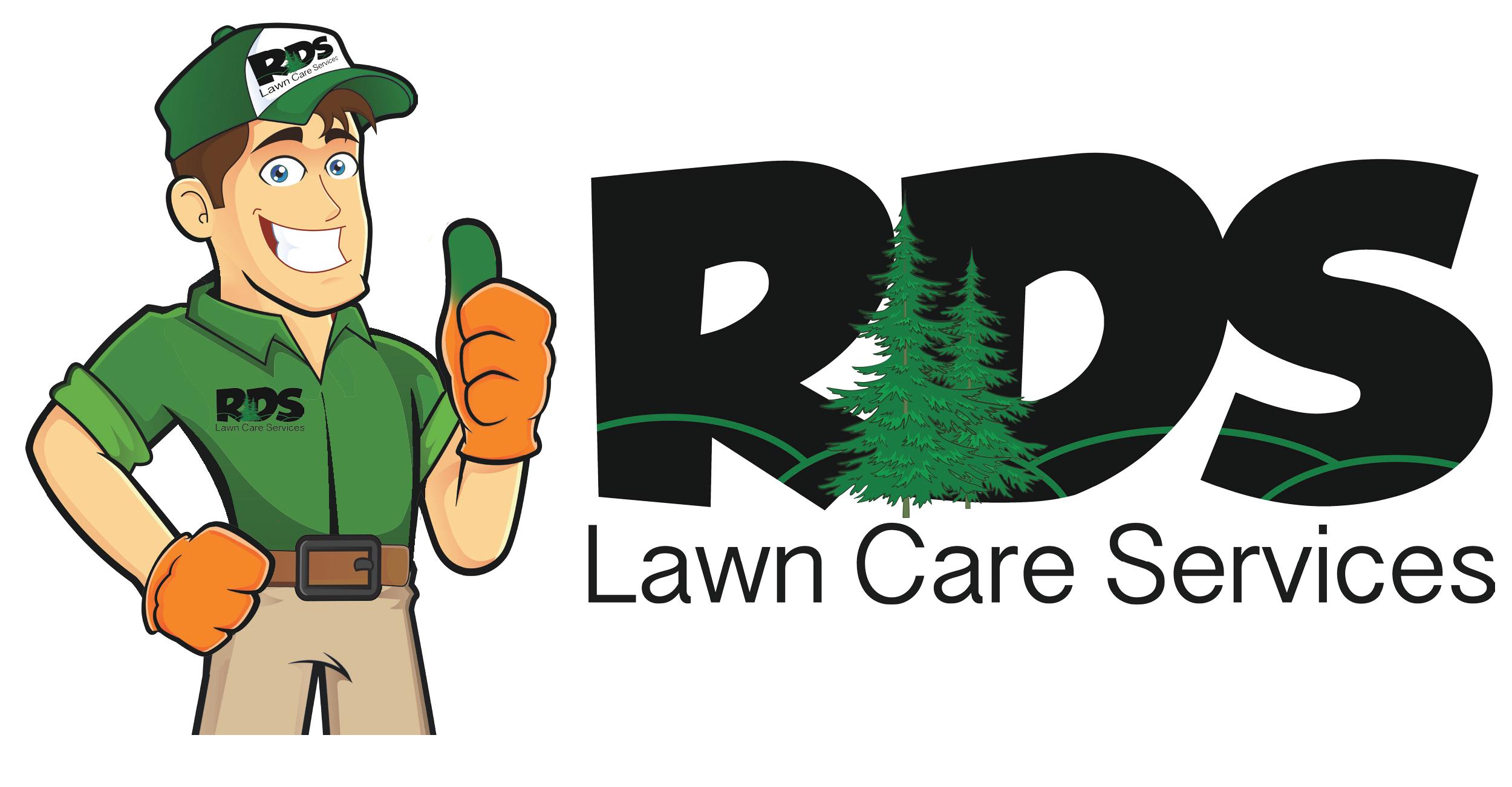Lawns in North Carolina are lucky enough to be located in the “transition zone,” meaning our area is not too hot or too cold… it’s just right! This means that both warm-season and cool-season grasses can be used for most Carolina lawns. While warm grass types are perfect for costal and more southern areas, cool grasses thrive in the mountains and to the north. The experts at RDS have compiled this guide to help you pick the perfect grass for your Carolina lawn!
Warm-Season Grass Types
Bermudagrass
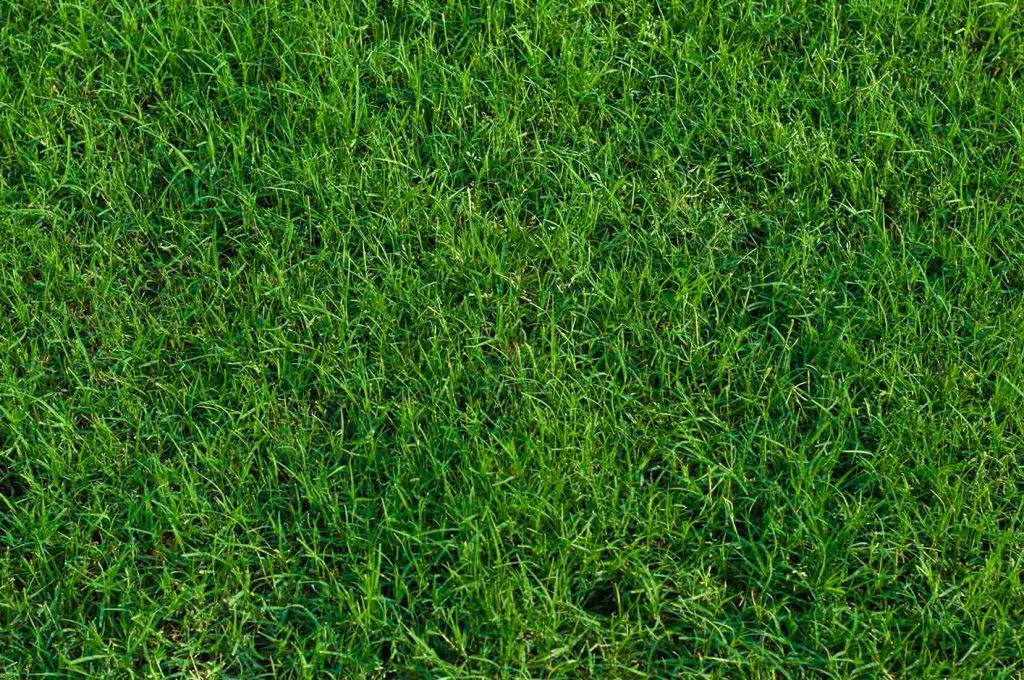
Bermudagrass is one of the most common grass types for warm-season lawns. Homeowners and landscapers love Bermudagrass because it is a very tolerant turf, and it holds up especially well to heavy foot traffic and daily wear. Bermudagrass requires a lot of direct sunlight, so lawns that are heavily shaded should not use Bermudagrass. Lawns with Bermudagrass commonly become thick and dense, with rapid growth occurring via stolons and rhizomes.
Characteristics
- Medium-to-dark green color
- Normal-to-coarse texture
- Thin leaf blades
- Folded vernation
- Sharply pointed tips
- Optimal height of 1-2 inches
- Excellent heat tolerance
- Excellent drought tolerance
- Very poor shade tolerance
- Medium-to-poor cold tolerance
Centipedegrass
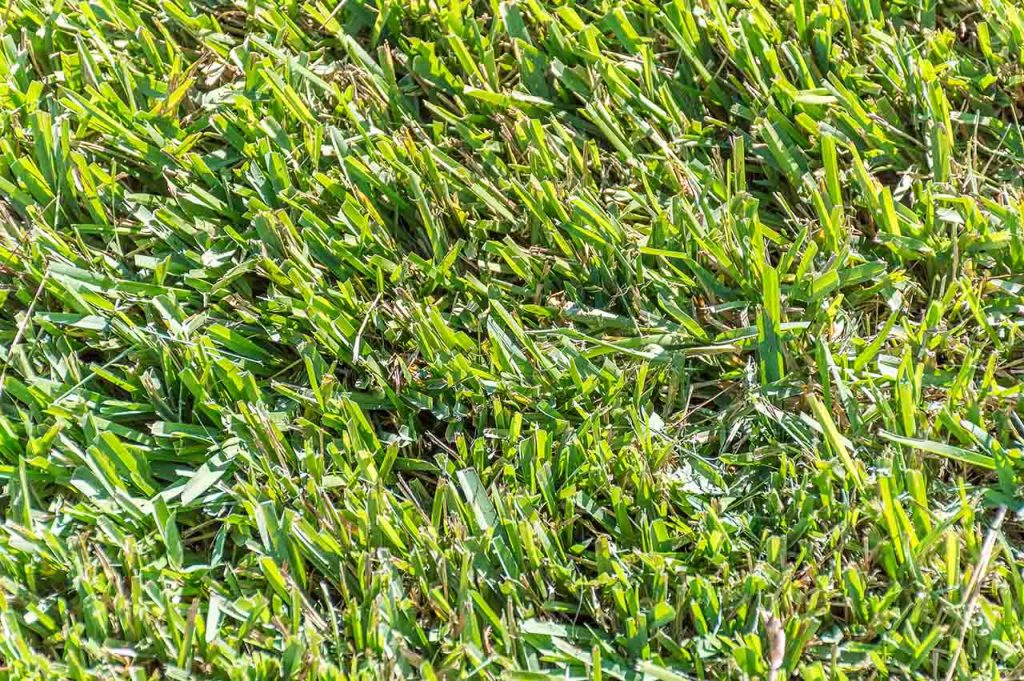
This is a uniquely North Carolina grass type, as many soils across the country can not support centipedegrass, but our region’s sandy soils are ideal. Centipedegrass is enjoyed for its low maintenance and infrequent fertilization needs. While this grass is a great low-maintenance option, it is important to remember that centipedegrass is very slow-growing, has shallow roots, and is prone to compaction and thatch buildup from foot traffic.
Characteristics
- Light-to-medium green color
- Coarse texture
- Medium-sized leaf blades
- Folded vernation
- Boat-shaped tips
- Optimal height of 1.5-2 inches
- Good heat tolerance
- Good drought tolerance
- Medium-to-good shade tolerance
- Poor cold tolerance
Zoysiagrass

Known for producing a very dense lawn, zoysiagrass is a popular warm-season grass in North Carolina. The dense coverage of zoysiagrass is due to its outward growth, which also creates a very desirable cushion-like feel underneath bare feet. Zoysiagrass is slow-growing and slow to establish, but it is a tolerant grass type with a deep root system, which makes this a relatively low-maintenance option for your lawn. Zoysiagrass is also known to be highly tolerant of foot traffic and daily wear.
Characteristics
- Light-to-medium green color
- Usually has a coarse texture
- Thin-to-medium leaf blades
- Rolled vernation
- Sharply pointed tips
- Optimal height of 1-1.5 inches
- Very good heat tolerance
- Excellent drought tolerance
- Medium-to-good shade tolerance
- Medium-to-poor cold tolerance
St. Augustinegrass
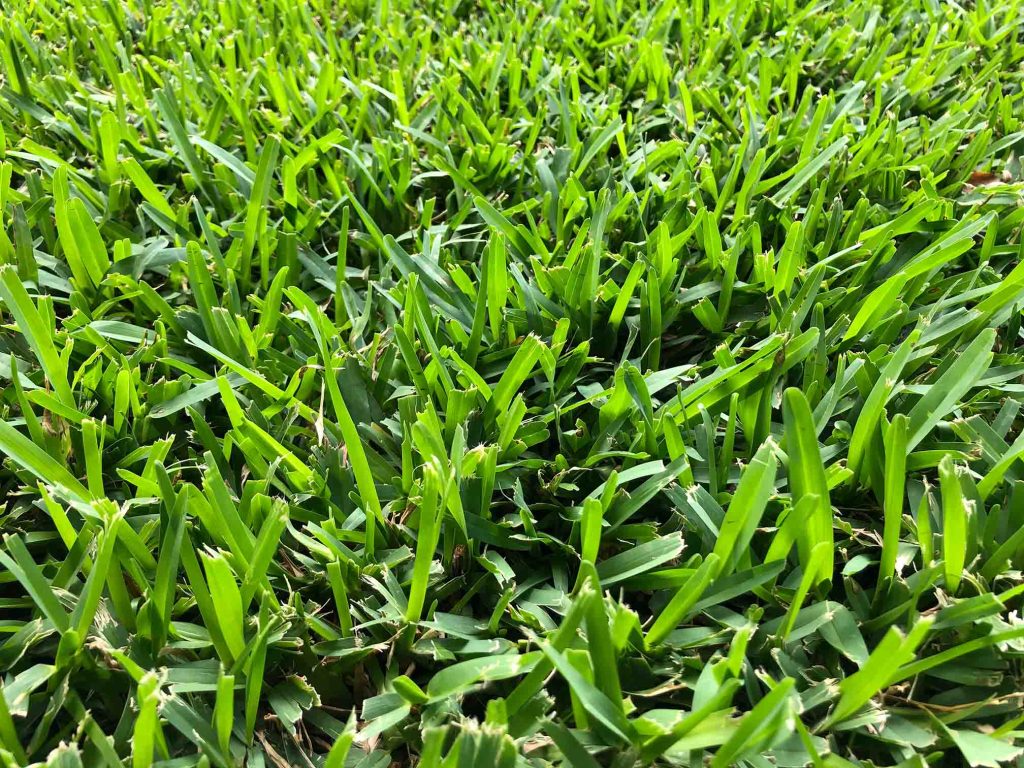
This is the warm-season grass for anyone who prefers to keep a taller lawn. Because St. Augustinegrass thrives at taller heights, hot and humid conditions are the best choice for this type. However, this would not be considered a low-maintenance grass because maintaining taller turf means more frequent mowing and fertilization needs. People who don’t mind the extra TLC involved in having St. Augustinegrass will enjoy thick, full grass coverage that spreads quickly and chokes out unsightly weeds.
Characteristics
- Medium-to-dark green color
- Very coarse texture
- Wide leaf blades
- Folded vernation
- Boat-shaped tips
- Optimal height of 2.5-3.5 inches
- Very good heat tolerance
- Medium drought tolerance
- Very good shade tolerance
- Poor cold tolerance
Cool-Season Grass Types
Tall Fescue
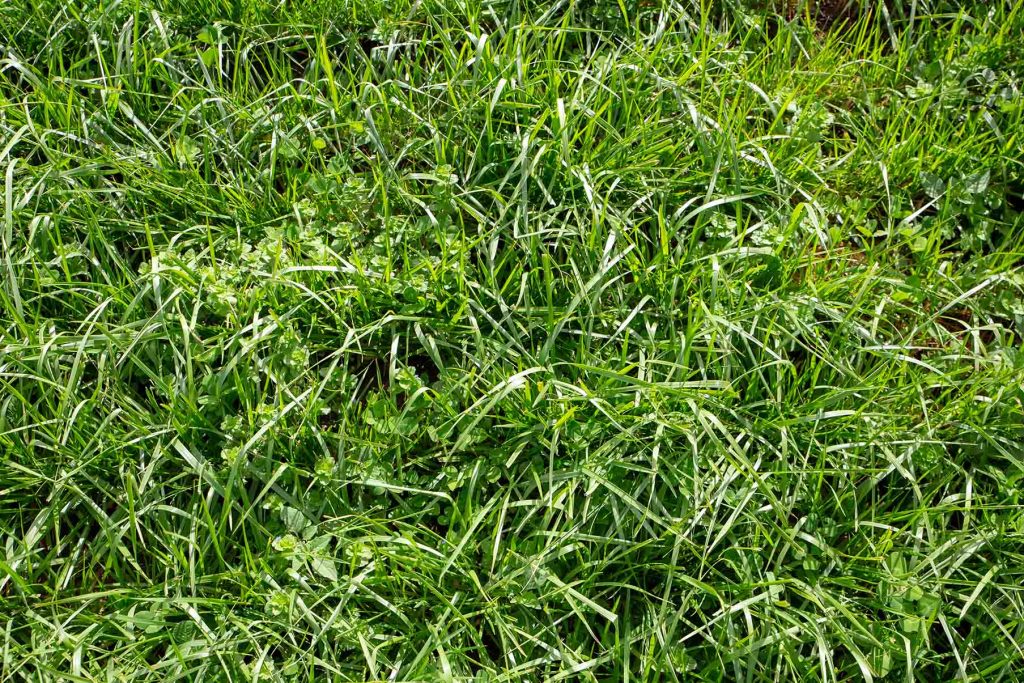
The most common cool-season grass in North Carolina is known as tall fescue. As you may have guessed from the name, tall fescue is another grass type that tolerates high mowing heights very well. The growth of tall fescue is often described as a dense, bunch-type growth, which means this grass type will require a moderate amount of maintenance. With proper and regular maintenance, however, tall fescue is the most tolerant and long-lasting cool-season grass you will find. In fact, tall fescue is so resilient that it is often mixed with other grass types to make a stronger lawn.
Characteristics
- Light-to-medium green color
- Medium-to-coarse texture
- Medium-sized leaf blades
- Rolled vernation
- Pointed tips
- Optimal height of 3-4 inches
- Good heat tolerance
- Very good drought tolerance
- Good shade tolerance
- Very good cold tolerance
Fine Fescue
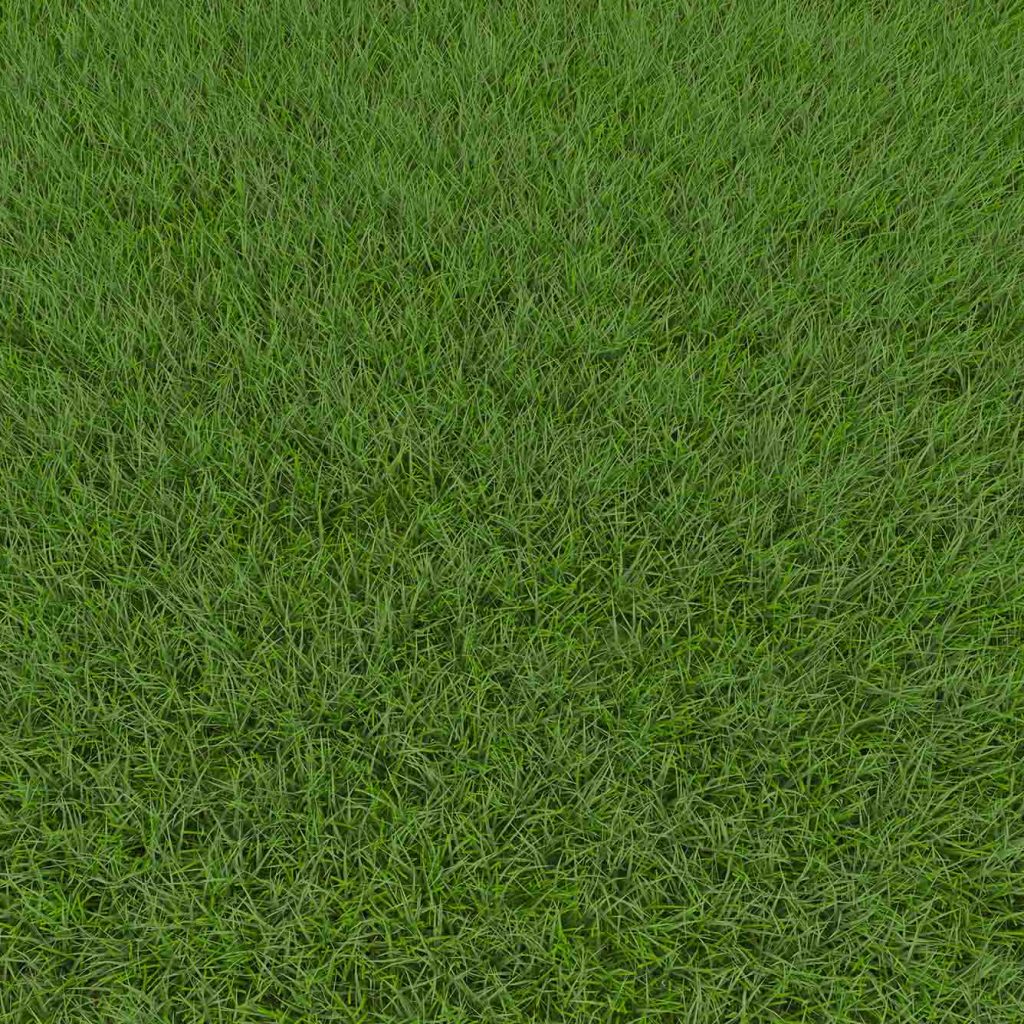
This fescue type is made of several different fescues, and it is much softer and easier to maintain than tall fescue. The leaves of fine fescue are known to be thinner and darker than tall fescue. Fine fescue often experiences bunch-type growth, but certain types of fescue that may be present in a fine fescue mix may spread by rhizomes, making fine fescue growth very versatile. Fine fescue is the most shade-tolerant cool-season grass, and it is beloved for its adaptability and uniform growth.
Characteristics
- Medium-to-dark green color
- Fine texture
- Medium-to-thin leaf blades
- Folded vernation
- Pointed tips
- Optimal height between 1-3 inches
- Medium heat tolerance
- Good drought tolerance
- Excellent shade tolerance
- Very good cold tolerance
Kentucky Bluegrass
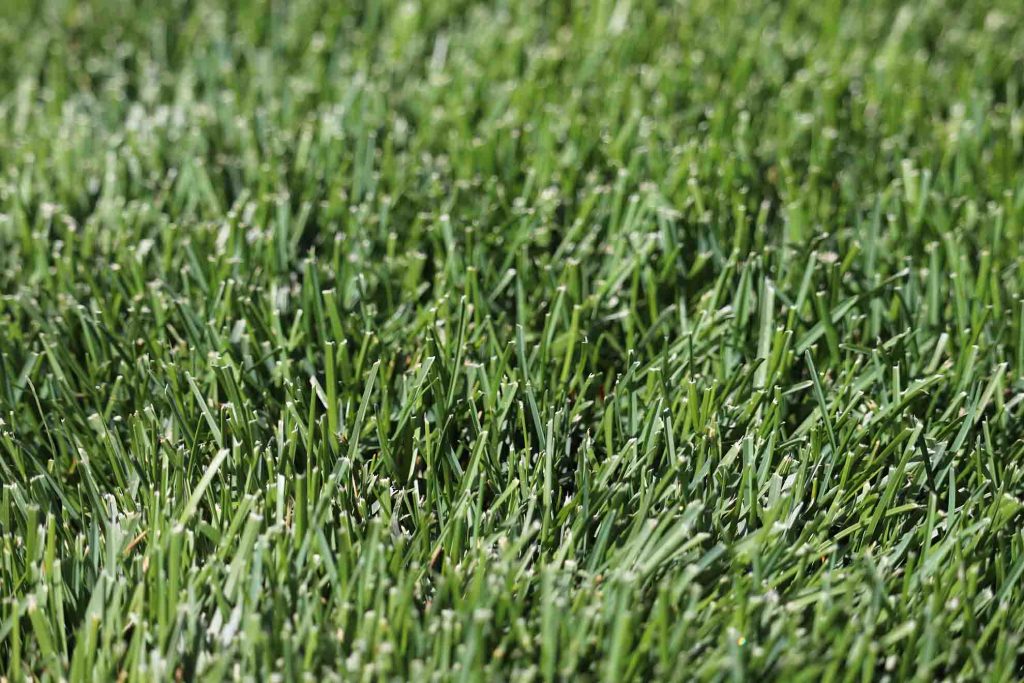
Mountainous regions of the Carolinas enjoy the unique appearance of Kentucky bluegrass, and many other areas mix Kentucky bluegrass with tall fescue for a more resilient lawn. The appearance of Kentucky bluegrass is so uniquely deep that it is often said to have a blue hue. Aside from its beautiful color, many people enjoy Kentucky bluegrass for its quick growth, fast recovery time, and soft texture. This grass will do very well in direct sunlight, but it will require moderate watering and maintenance to keep it looking its best.
Characteristics
- Medium-to-dark green color
- Medium texture
- Thin-to-medium leaf blades
- Folded vernation
- Boat-shaped tips
- Optimal height of 2.5-3 inches
- Medium heat tolerance
- Medium drought tolerance
- Medium-to-poor shade tolerance
- Very good cold tolerance
Perennial Ryegrass
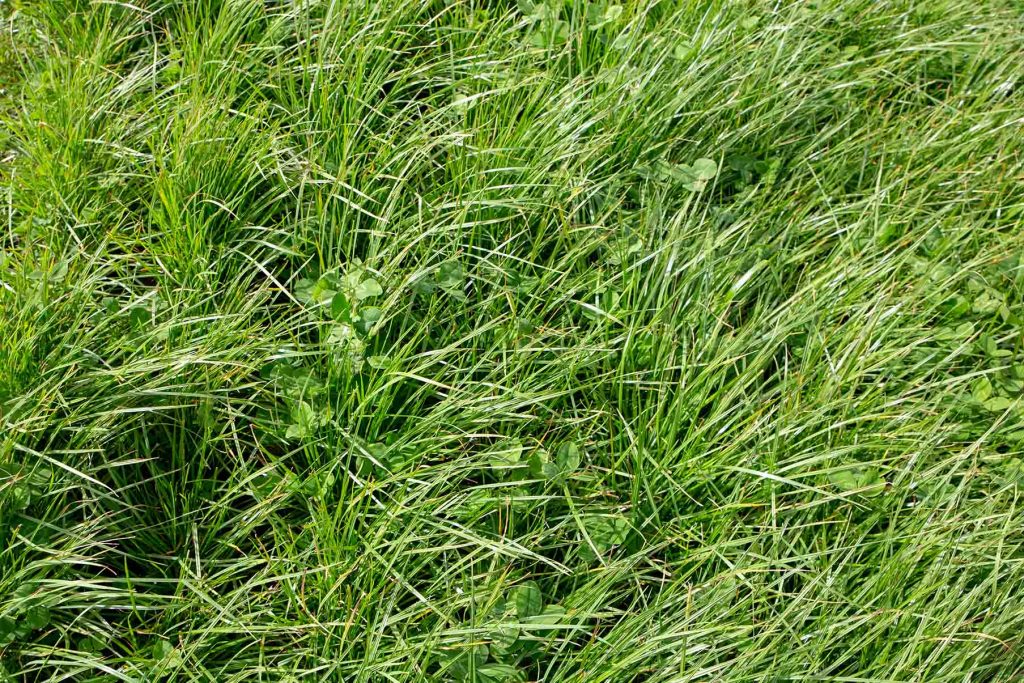
Often compared to Kentucky bluegrass for its similar characteristics, perennial ryegrass is another cool-season grass that is often combined with Kentucky bluegrass in Carolina lawns. Perennial ryegrass spreads via upward bunch-type growth, which creates a hardier lawn when combined with an outwardly growing turf. Perennial ryegrass is most commonly identified by its shiny grass blades, and it is perhaps the most preferred grass type to use for overseeding before winter.
Characteristics
- Medium-to-dark green color
- Fine-to-medium texture
- Thin-to-medium leaf blades
- Folded vernation
- Pointed tips
- Optimal height of 1.5-2.5 inches
- Medium heat tolerance
- Medium-to-good drought tolerance
- Medium-to-good shade tolerance
- Good cold tolerance
